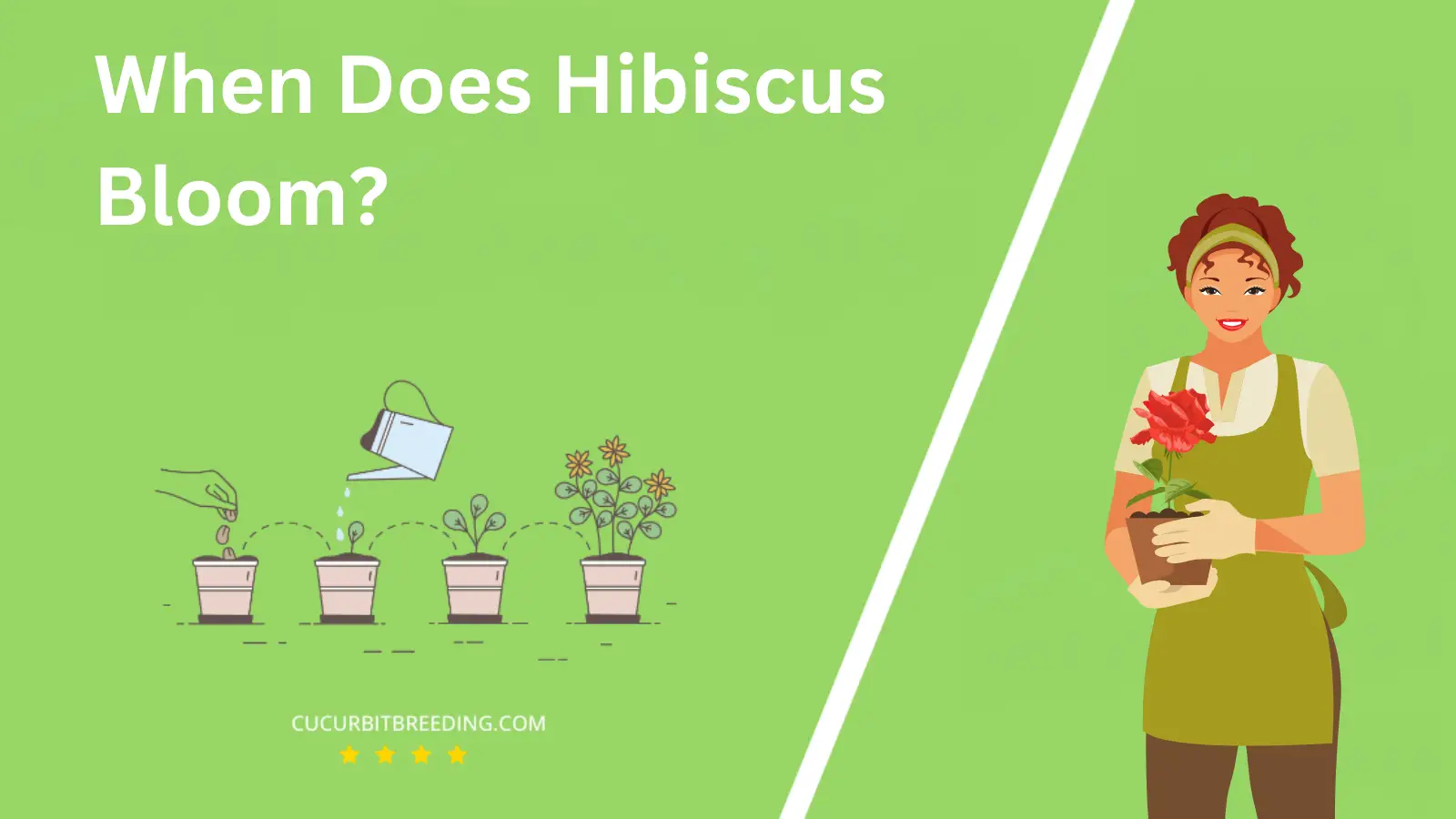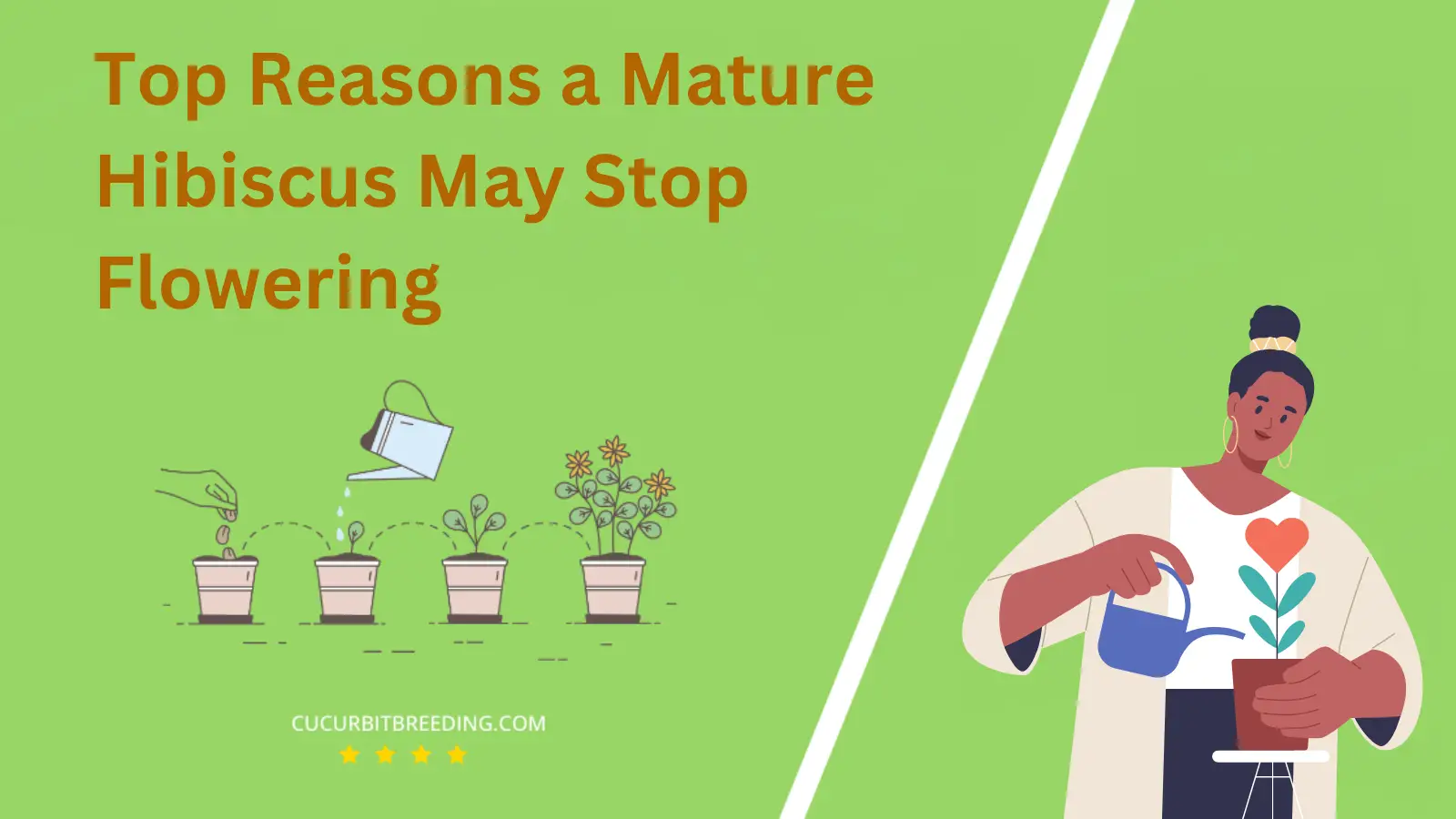
Ever wondered, when does hibiscus bloom? These tropical beauties, with their large, vibrant flowers, are a feast for the eyes. But, knowing the right time of their blooming season can add an extra charm to your gardening experience.
Let’s embark on a journey to understand the blooming cycle of this fascinating plant. The timing, the factors influencing it, and how you, as a gardener, can optimize their blooming phase.
When Does Hibiscus Bloom?
The hibiscus plant typically blooms from late spring to early fall, depending on the climate and the specific variety of the plant. In tropical regions, the hibiscus may bloom all year round. Each bloom lasts for about a day, but the plant continuously produces new flowers during its blooming period.
| Stage | Description |
|---|---|
| Germination | Spring (March – May) |
| Growth | (Spring to summer) (March to August) |
| Blooming | Summer (June-August) |
| Dormancy | Winter (December to February) |
How Long Do Hibiscus Bloom?
Hibiscus plants typically bloom for a period of one to two days. However, a healthy hibiscus plant can produce new flowers continuously for several months in ideal conditions. The blooming period usually extends from late spring to early fall, depending on the specific variety and its environment.
How Light Affects Hibiscus Blooms?
The growth and blooming of hibiscus plants are significantly affected by light. Hibiscus plants need full sunlight for at least six hours each day to produce the most blooms. This is because light plays a crucial role in photosynthesis, the process by which plants produce their food. Without sufficient light, hibiscus plants may not be able to produce enough energy to support blooming.
However, in extremely hot climates, hibiscus plants may benefit from a few hours of afternoon shade to protect them from intense, direct sunlight. This can prevent leaf scorch and help the plant retain moisture, promoting healthier growth and blooming. In summary, while hibiscus plants need plenty of light to bloom, the quality and intensity of that light also matter.
Will Hibiscus Bloom the First Year You Plant It?
Yes, hibiscus plants can bloom in their first year after being planted. However, this largely depends on the specific growing conditions they are subjected to. Ideal conditions include enough sunlight, proper temperature, suitable soil, and adequate watering. If these conditions are met, hibiscus plants have the potential to bloom in the same year they are planted.
Will Hibiscus Bloom Every Year?
Yes, hibiscus plants will bloom every year. These tropical plants are known for their large, colorful blooms. They typically bloom from late spring to early fall, providing a season-long display of vibrant colors. However, their blooming cycle and health can be influenced by factors such as proper sunlight, watering, and suitable temperature conditions.

Should I Deadhead Hibiscus Blooms?
Yes, you should deadhead Hibiscus blooms. Deadheading, or the act of removing faded blooms, can promote further blooming and enhance the overall health of the plant. By removing the spent flowers, the plant redirects its energy from producing seeds to creating new blooms. It also helps to maintain the plant’s neat appearance.
Top Reasons a Mature Hibiscus May Stop Flowering

A mature hibiscus may stop flowering due to various reasons. Insufficient sunlight is a common cause, as hibiscus plants require full sun to bloom optimally.
Another significant issue can be improper watering. Both overwatering and underwatering can lead to stress in the plant, affecting its flowering ability.
Moreover, inadequate nutrients, especially a lack of phosphorus, can hinder flower production. Hibiscus plants need well-balanced fertilizer to thrive and produce flowers.
Pest infestation or diseases may also cause a hibiscus to stop blooming. Common pests like aphids and spider mites can damage the plant and hinder its growth.
Lastly, improper pruning can impact a hibiscus’s ability to flower. Pruning at the wrong time or too aggressively can reduce the number of blooms.